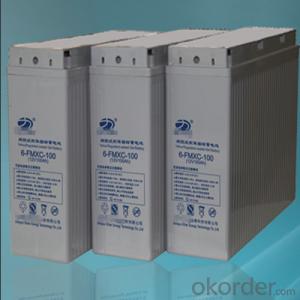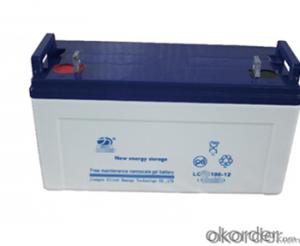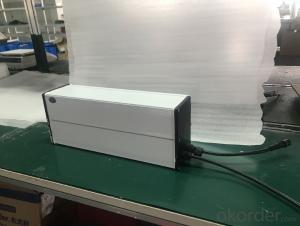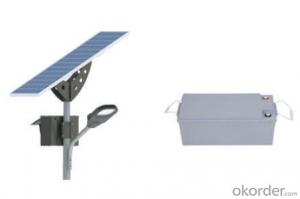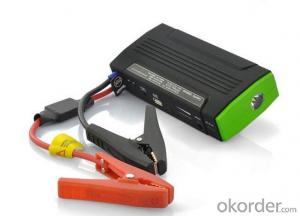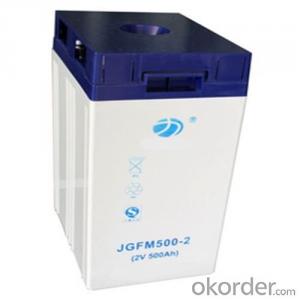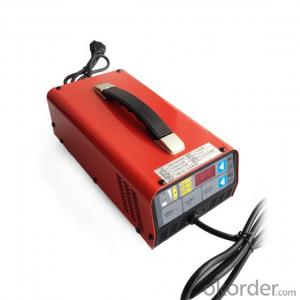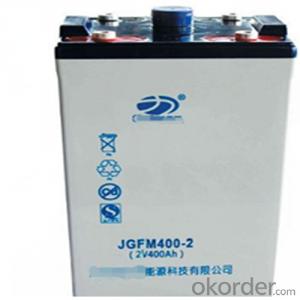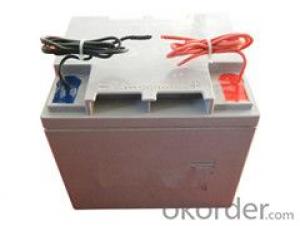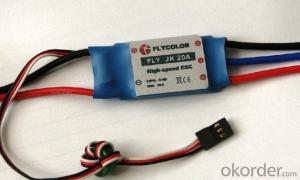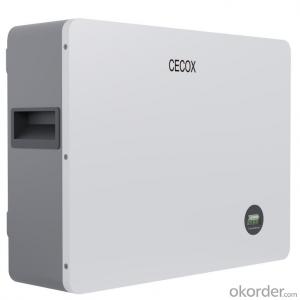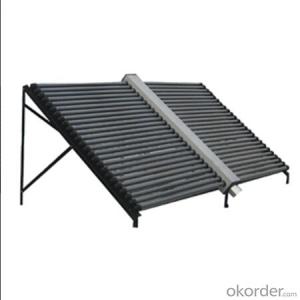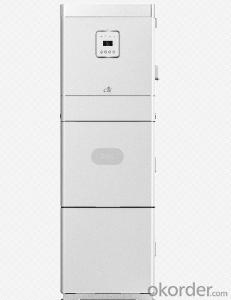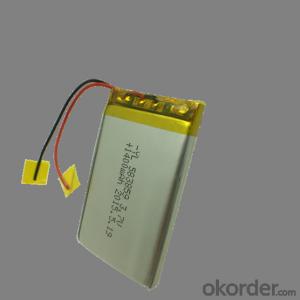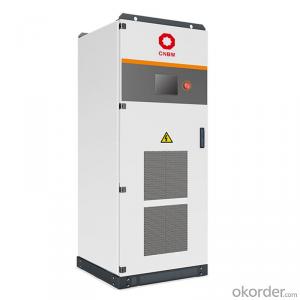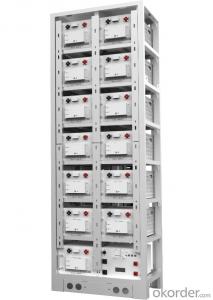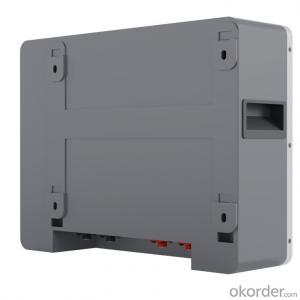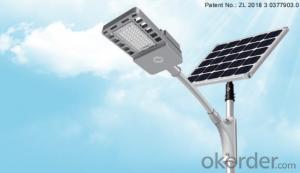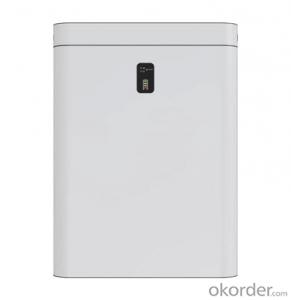12 V Lithium Battery
12 V Lithium Battery Related Searches
Solar Battery For Inverter Best 24 Volt Solar Inverter 24 Volt Solar Power Inverter 24 Volt Solar Inverter Charger Solar Lithium Battery Mppt Solar Inverter 12 Volt 120/240 Volt Solar Inverter 24 Volt Hybrid Solar Inverter 24 Volt Solar Inverter Solar Inverter 36 VoltHot Searches
Solar Inverter For Battery 24 Volt Solar Inverter Price Solar Inverter 24 Volt Price 48 Volt Solar Inverter Price 36 Volt Solar Inverter Price Lithium Battery Manufacturers Lithium Battery Companies Lithium Battery Near Me12 V Lithium Battery Supplier & Manufacturer from China
Okorder.com is a professional 12 V Lithium Battery supplier & manufacturer, offers integrated one-stop services including real-time quoting and online cargo tracking. We are funded by CNBM Group, a Fortune 500 enterprise and the largest 12 V Lithium Battery firm in China.Hot Products
FAQ
- The impact of solar cells on wildlife is generally minimal and beneficial. Solar cells produce clean energy without emitting harmful pollutants or greenhouse gases, reducing air and water pollution that can negatively affect wildlife habitats. Additionally, solar energy infrastructure typically occupies a small footprint and can coexist with wildlife habitats, allowing animals to continue their normal behaviors. However, there have been some concerns about the potential for bird collisions with solar panels and the disruption of desert ecosystems during large-scale solar installations. Overall, compared to traditional energy sources, solar cells have a much lower impact on wildlife and contribute to a more sustainable future.
- Yes, solar cells can be used in ski resorts for snowmaking. Solar panels can generate electricity from sunlight, which can then be used to power snowmaking equipment. This can provide a sustainable and environmentally friendly solution for snowmaking, reducing the reliance on traditional energy sources.
- Yes, solar cells can be used for powering transportation infrastructure. Solar-powered electric vehicles (EVs) are becoming increasingly popular, utilizing solar panels to charge their batteries and power their engines. Additionally, solar-powered charging stations can be installed along roads, highways, and parking lots to provide renewable energy for electric vehicles. These advancements in solar technology contribute to a more sustainable and environmentally friendly transportation system.
- Yes, solar cells can be used to power outdoor signage. Solar cells are designed to convert sunlight into electricity, making them an ideal choice for outdoor applications where access to traditional power sources may be limited. By harnessing solar energy, outdoor signage can operate efficiently and sustainably without relying on the electrical grid.
- Solar cells perform differently in different geographic locations due to variations in sunlight intensity and duration. Generally, solar cells perform better in regions closer to the equator with higher solar irradiance. However, solar cells can still generate electricity in less sunny locations, although their efficiency may be lower. Factors such as climate, cloud cover, pollution, and shading also impact solar cell performance. Additionally, the angle at which solar panels are installed can optimize energy production in specific geographic locations.
- Yes, solar cells can be used in aviation or aerospace applications. They are commonly used to power satellites, space probes, and unmanned aerial vehicles (UAVs) due to their ability to convert sunlight into electricity. Solar cells can provide a reliable and sustainable source of power in remote and high-altitude environments.
- Bird collisions can have a negative impact on solar cell performance as they can damage or break the surface of the solar panels. This can lead to a decrease in efficiency and overall energy production of the solar system. Additionally, bird droppings and debris from collisions can also create shading, reducing the amount of sunlight reaching the panels and further affecting their performance.
- Yes, solar cells can be used for powering traffic lights. Solar panels can harness sunlight and convert it into electricity, providing a sustainable and renewable source of power for traffic lights. This eliminates the need for traditional electrical grid connections and reduces carbon emissions. Solar-powered traffic lights are increasingly being adopted as an eco-friendly and cost-effective solution in many locations around the world.
